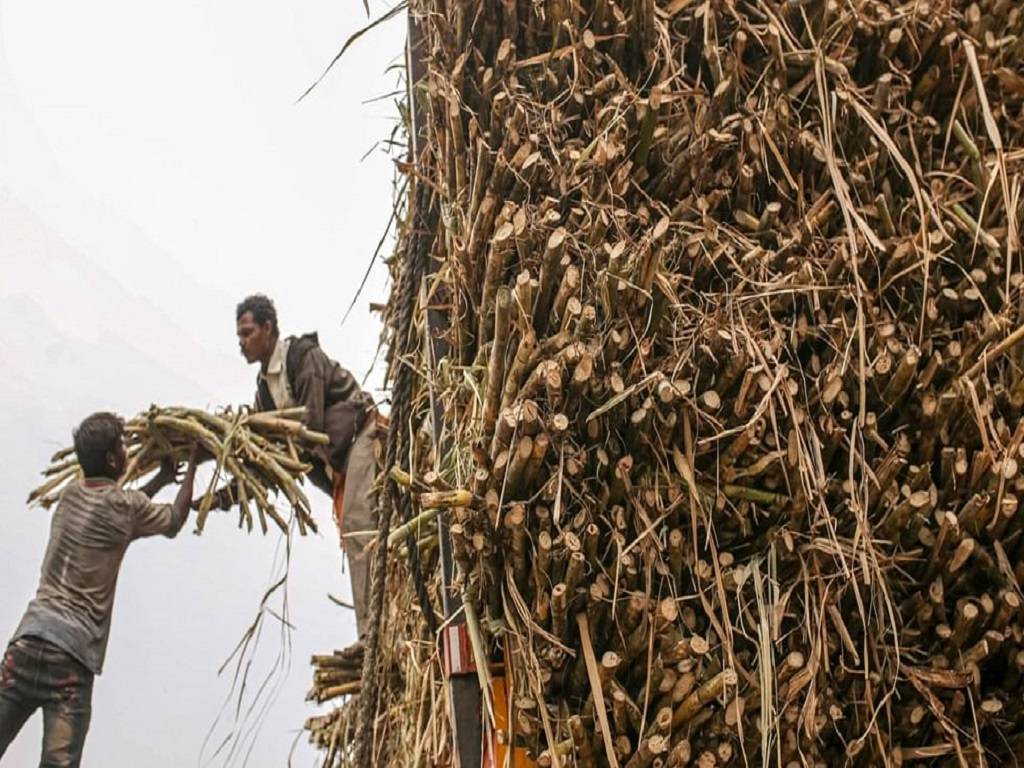
Ethanol is a colourless, transparent liquid with a distinct odour. It has a somewhat sweet flavour in dilute aqueous solutions, but a scorching taste in highly concentrated solutions. Ethanol has a normal density of 0.789 g/ml at 20°C and melts at -114.1°C. It boils at 78.5°C.
Fermentation is the most common method for producing fuel ethanol
Ethanol has been produced by fermenting sugars since prehistoric times. This technique still produces all beverage ethanol and more than half of industrial ethanol. The primary components are simple sugars. Sugarcane, sweet sorghum, and sugar beet are utilised as sugar-containing feedstock in the manufacturing of ethanol across the world. Maize, wheat, and other grains contain starch, which can be turned into sugar very quickly. Sugarcane molasses is the primary source of ethanol in India.
Fermentation may also utilise starches from potatoes, corn, wheat, and other plants to produce ethanol. The starches, on the other hand, must be broken down into simple sugars first. Diastase, an enzyme produced by germinating barley, transforms starches into sugars. Therefore, the first stage in brewing beer from starchy plants like corn (maize) and wheat is the germination of barley, also known as malting.
Ethanol as a Fuel: An increasing Interest
The use of ethanol as a fuel for internal combustion engines, alone or in conjunction with other fuels, has received a lot of interest, owing to its potential environmental and long-term cost savings over fossil fuels.
-
Ethanol may be mixed with petrol at any percentage up to 100%. (E100). Anhydrous ethanol, or ethanol without water, can be combined with gasoline in various amounts to minimise petroleum fuel use as well as air pollution.
-
Ethanol is becoming more popular as an oxygenate additive for standard petrol, replacing methyl t-butyl ether (MTBE), which has been linked to significant groundwater and soil pollution. Ethanol may also be used to make biodiesel and power fuel cells.
-
Ethanol, an alcohol fuel, has a high quality and octane rating, resulting in improved engine performance and lower emissions.
Current status of Ethanol Blending in India
Many countries, like India, are encouraging the use of fuel ethanol to reduce dependency on imported fossil fuels, minimise local pollution and greenhouse gas emissions, and assist sugarcane-based industries that are stagnating. According to ICRA research, India's ethanol production has to be increased three times its current level to meet the target of 20% ethanol blending by 2025. According to the study, India's ethanol production in 2021 was roughly 335 crore litres. As a result, roughly 9% ethanol was blended into petrol.
The Barriers to ethanol use as Fuel in India
Molasses, a by-product of sugarcane, is the most common source of bio-ethanol in India. As a result, availability is based on the cyclical nature of cane and sugar production.
Ethanol has a variety of different applications, including as potable alcohol and in the chemical and pharmaceutical industries. As a result, its usage as a fuel faces significant competition from other applications.
















